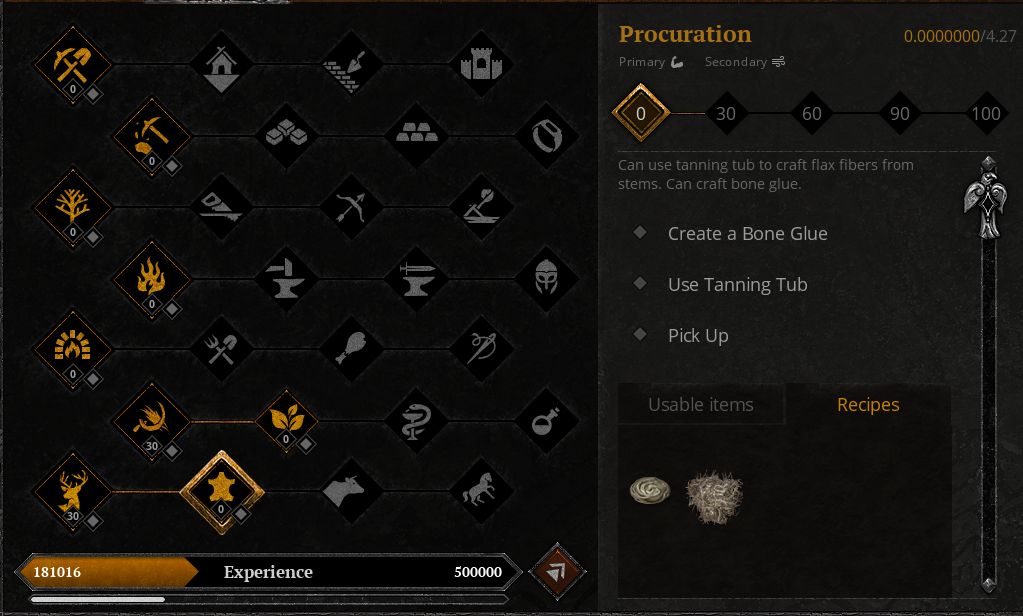



In 1832, it is said that Hiroshige was appointed by Bakufu, the feudal government of Japan, to accompany an official procession from Edo to Kyoto along the Tokaido road. In 1831 his first landscape series ‘Famous Places of The Eastern Capital’ (Toto Meisho) was published and the following year Hiroshige passed on his family responsibilities to his relatives to dedicate his entire energy to printmaking. He also took nanga painting lessons that had a great influence on his later work. Born in Edo (today’s Tokyo), he started sketching from an early age and was later accepted into Toyokuni I Utagawa’s highly successful studio mostly under the guidance of Toyohiro Utagawa (1773-1828), from whom he would adopt his art name. Hiroshige I Utagawa was a woodblock print artist best known for his landscape prints and considered as one of the greatest Japanese artists in ukiyo-e history to have influenced Western impressionists, such as Van Gogh and Claude Monet. A man in the boat can be seen languidly dragging his towel in the water, encapsulating the carefree atmosphere of this tranquil scene. This practice has continued from the Edo period to today in Japan, where a deep reverence for trees among other natural entities is still held. An old tree, known as the Five Pines, grows over the water, propped up by stilts to keep it from falling into the canal. The straight stretch of the Onagi Canal supply curves out of view in Hiroshige's rendition, meeting the hazy red sunset in the distance. Preferring form and balanced composition over the actual views he sought to depict, in these idealised vistas his imagination could roam freely. This almost unworldly landscape is brought to effect by Hiroshige's deliberate eschewing of reality. Residue glue from the previous mounting.Ī calm sunset view from Hiroshige's final oeuvre One Hundred Famous View's of Edo.


 0 kommentar(er)
0 kommentar(er)
